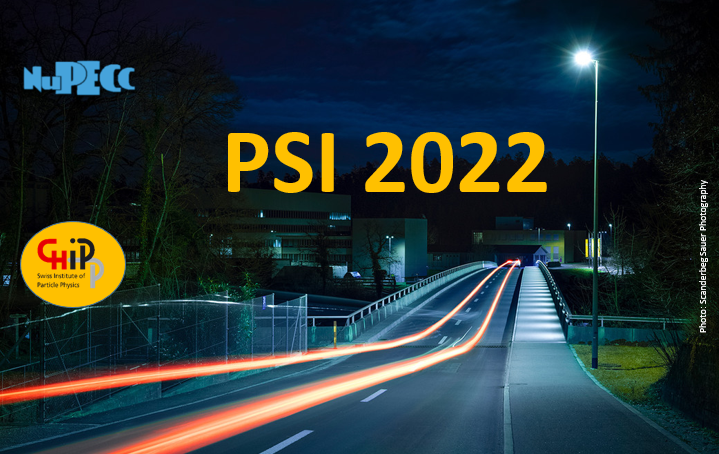Speaker
Description
The Matter’s Origin from RadioActivity (MORA) project focuses on ion manipulation in traps and laser orientation methods for the searches for New Physics (NP) in nuclear beta decay, aimed at explaining the matter-antimatter asymmetry observed in the Universe.
Precision experiments studying nuclear decay complement high-energy physics measurements searching for signatures of physics beyond the Standard Model. This includes precise measurements of correlations in nuclear beta decay, which are capable of probing NP at energies beyond the TeV scale, offering an interesting interplay with high energy searches undertaken at the LHC for the years ahead. Among these, the precision measurement of the D correlation, occurring in mixed Fermi and Gamow-Teller nuclear decay transitions of spin-polarized nuclei, is arguably one of the most interesting probes. The D correlation violates Time reversal symmetry, and via the CPT theorem, is sensitive to CP violation. With a sensitivity beyond 10-4, the measurement of the D correlation would not only probe NP but would also be sensitive to weak magnetism via the Final State Interaction effects.
MORA will use an innovative in-trap laser polarization technique for the precision measurement of the D correlation in the beta decay of 23Mg. The JYFL Accelerator Laboratory, Jyvaskyla Finland, and more specifically the IGISOL facility provides an ideal environment for the initial phase of the MORA experiment. The first test experiments with a 23Mg beam have been carried out in the IGISOL facility at Jyväskylä in February and May 2022. For the initial offline optimization, a stable 23Na+ ion beam slowed down to 100 eV was efficiently tuned for trapping. Trapping efficiency of up to ~ 10% of the narrow, ≲1µs bunches delivered by the minibuncher of the IGISOL radiofrequency (RF) cooler could be attained, for >100 ms trapping time. During the beam time, 105 ions of 23Mg per µA of the primary proton beam could be produced via a fusion-evaporation reaction. A 90mW circularly polarized laser beam could be injected and aligned in the trap. Despite these achievements, large contamination of 23Na hindered the recording of β-recoil coincidences. A new online test is being scheduled to increase the purity of the beam and will be performed in November 2022.
In this contribution, I will discuss the MORA experiment as well as recent experimental advancements and ongoing studies on possible systematic effects.

